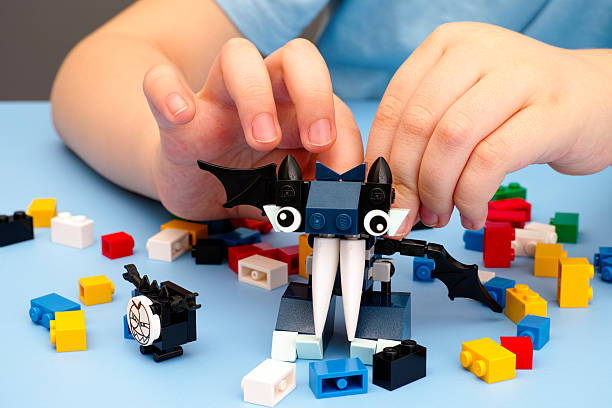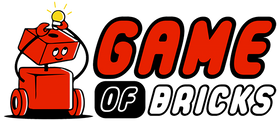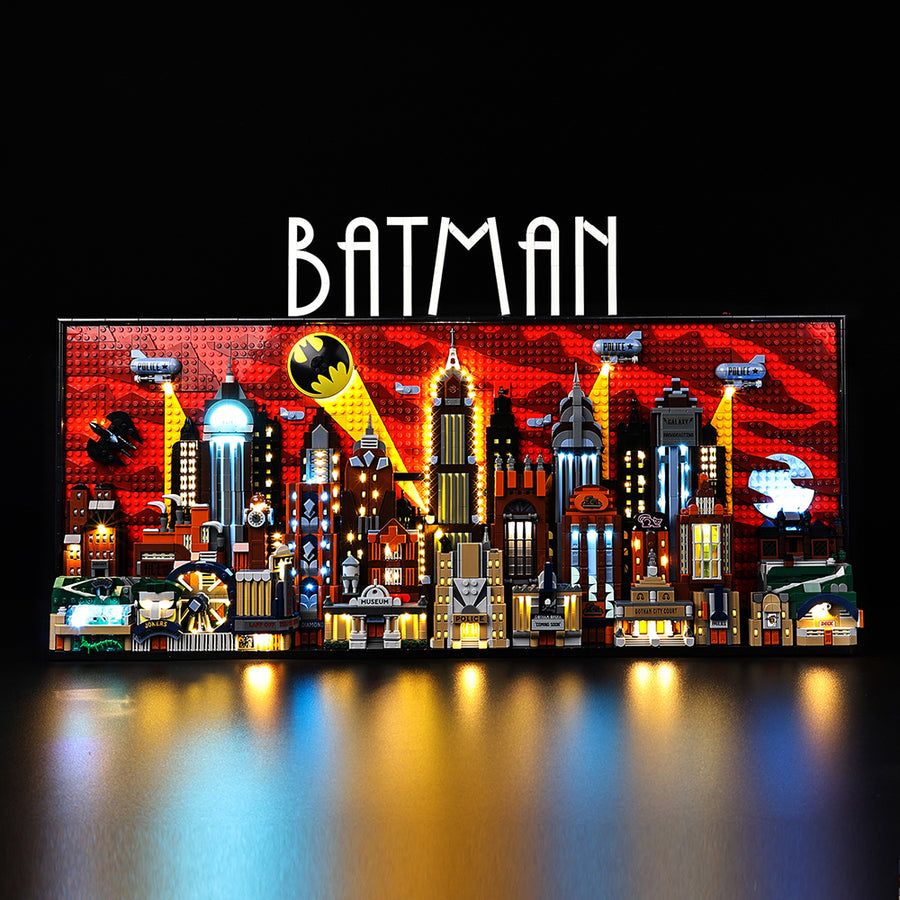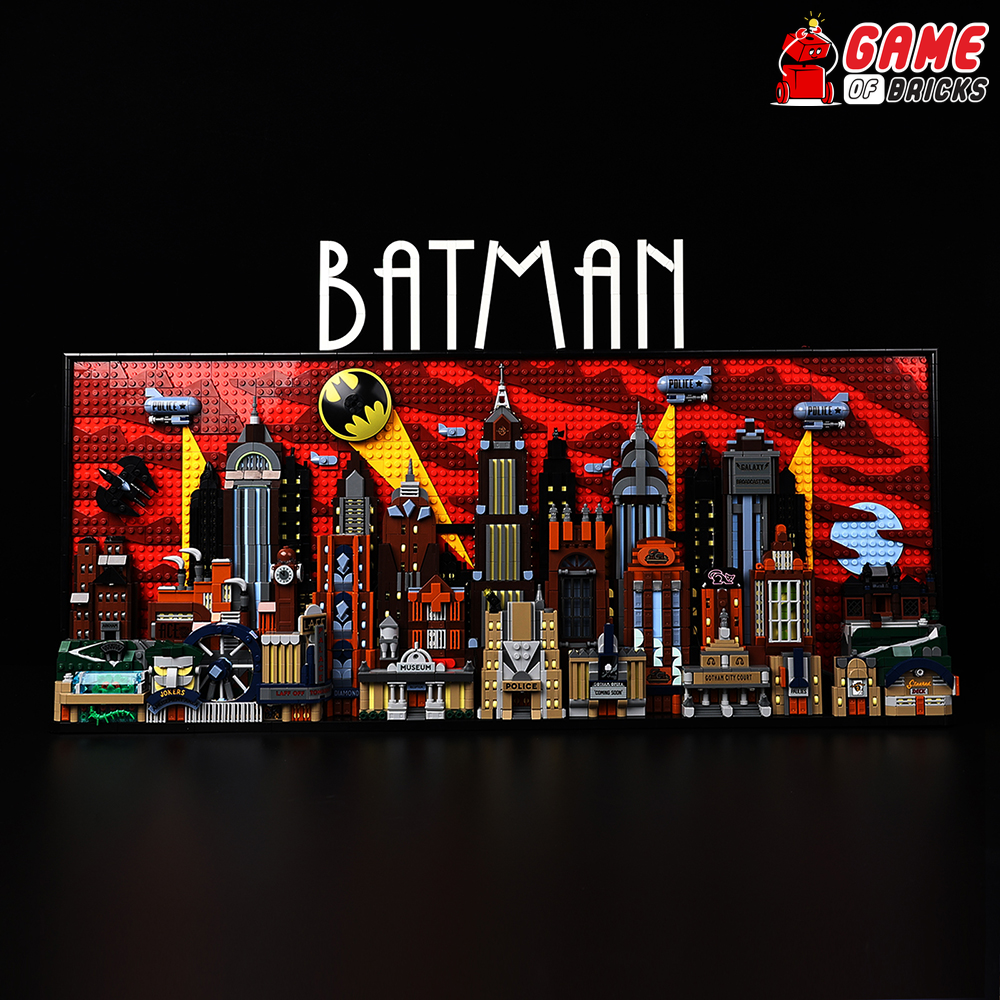Why Legos Are More than Just a Toy: Exploring Their Educational Benefits

Key Takeaways
- Legos are more than just a funtoy; they can also be used as an educational tool to help foster creativity andproblem-solving skills in children.
- Legos come in a variety ofcollections, from simple sets for beginners to complex designs for experiencedbuilders.
- Through lego building, kids learnvaluable lessons about physics, engineering, mathematics and geometry.
- Studies have found that legoplaytime can have positive impacts on cognitive development and motor skills.
- Lego building can help improvehand-eye coordination, fine motor control and design visualization.
- Kids also gain a betterunderstanding of spatial awareness, sequencing and even basic economics whenplaying with legos.
- As Legos are available in varioussizes, colors and types, they offer endless possibilities for creativeexpression and exploration.
Introduction
Legos have been a popular toy for generations, with children of all ages captivated by the vibrant building blocks. With an ability to build nearly anything imaginable, Lego collections are often treasured pieces of nostalgia that have grown alongside the Lego industry. Since its beginnings in1949, Legos have become one of the most recognizable toys in the world, and it’s easy to see why.
Not only do Legos give children hours of creative entertainment, but they also provide a safe way to develop motor skills and learn problem solving techniques while having fun. In addition to being excellent playthings, Legos can also be used as educational tools in the classroom setting. By using Lego collections to teach complex topics such as engineering principles, Legos can help students better understand difficult concepts. Not only does this method make learning more engaging for students, it has been proven to be effective across many different age groups as well as various subject areas.
The purpose of this article is to explore the educational benefits Lego collections offer and to demonstrate how Legos can be incorporated into classroom education.
Motor Skills & Creativity
Legos are a great way to help kids develop fine motor skills and encourage creativity. Through manipulating the Lego pieces, children learn how to build complex structures and use their imagination to create whatever they can dream of. As Legos come in a variety of shapes and sizes, they challenge children to think outside the box and discover innovative ways of putting Legos together. Moreover, Legos help increase focus as children must pay attention to detail when constructing Lego models. They also help with hand-eye coordination, as legos require precision when connecting the pieces together.
Lego collections also provide an opportunity for creative expression. When given Legos, kids are free to let their imaginations run wild, utilizing the Lego pieces in any way they choose. With Legos, there is no wrong answer; everything from castles to spaceships can be constructed depending on what story or narrative the child is trying to tell. This helps them learn important lessons about design and problem solving while having fun at the same time.
In addition, Lego collections can be used as educational tools in the classroom setting. By using Legos to teach more complex topics such as engineering principles, students are better able to understand difficult concepts in an engaging way. This method has been proven effective across many different age groups as well as various subject areas including science, math and language arts.
Problem-Solving & STEM Concepts
Legos require problem solving skills as children must use their imagination and creativity to come up with innovative ways of constructing different models. By connecting pieces of different shapes and sizes, Legos challenge kids to think outside the box and discover new solutions. This helps them learn critical problem solving techniques in a fun and safe way.
Furthermore, Legos can also be used to teach basic math and science concepts in the classroom setting.
By using Legos to demonstrate complex topics such as physics or engineering principles, students are better able to understand difficult concepts. Lego collections provide an excellent opportunity for visual learners as they can physically see how Lego pieces fit together in order to form a structure or complete a task. This can be especially helpful when teaching basic scientific concepts such as force, energy, gravity and friction.
As Legos are composed of small individual blocks that are connected together, this provides an excellent learning opportunity for students to fully comprehend physical systems and processes that occur in nature. Legos provide an engaging way for students to explore these complex topics while having fun at the same time.
Collaboration and Communication
Building with Legos can help kids learn to work together. They can communicate and negotiate with each other to create something amazing out of the lego collection. Working together, they can build castles, spaceships or any other structure their imagination comes up with! Even if it is hard for them to agree on how the Legos should be used, they will still learn valuable skills in teamwork and communication.
Conclusion
Legos provide a fun and engaging way to help kids develop critical thinking skills, foster creativity, and explore STEM topics. Legos allow children to use their imaginations by creating whatever structures they can dream up using Lego pieces of different shapes and sizes. In addition, Legos help kids with fine motor skills, focus, hand-eye coordination, problem solving and collaboration.
Moreover, Lego collections can be used as educational tools in the classroom setting to teach basic math and science concepts in an interactive way. With Legos, there is no wrong answer; everything from castles to spaceships can be constructed depending on what story or narrative the child is trying to tell. This helps them learn important lessons about design and problem solving while having fun at the same time.
Legos also provide an excellent opportunity for visual learners as they can physically see how Lego pieces fit together. Ultimately, Legos are more than just a toy - they are an invaluable tool that promotes learning and development while providing hours of entertainment!
The educational benefits of Legos are innumerable and it’s easy to see why they have become a beloved tool for teaching children.
Top













Leave a comment